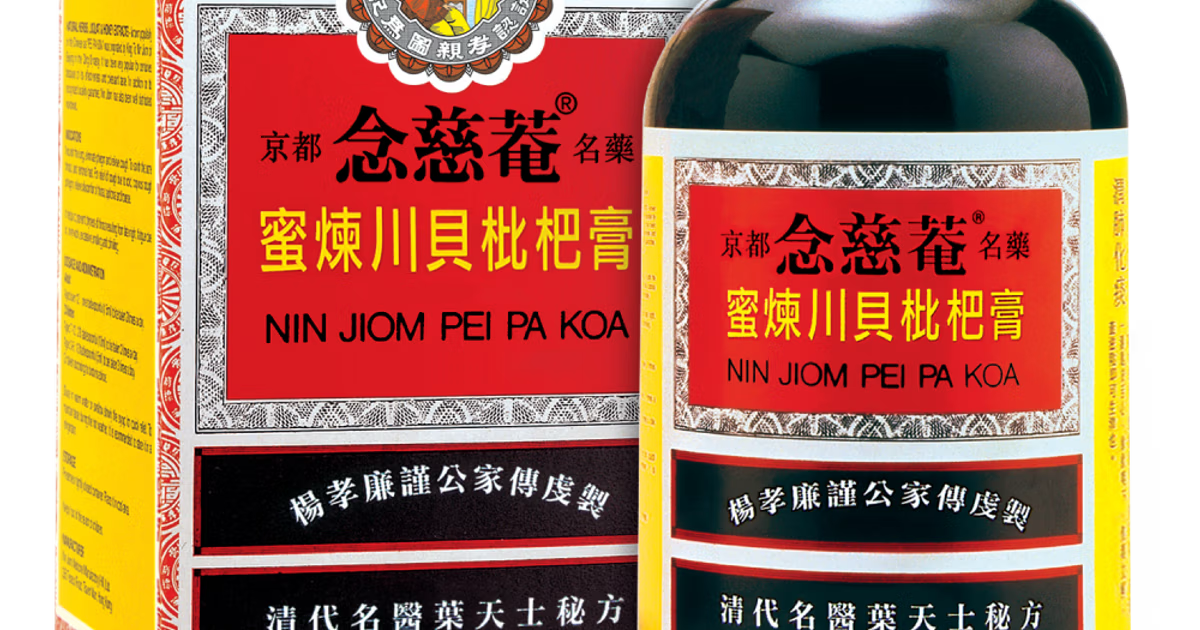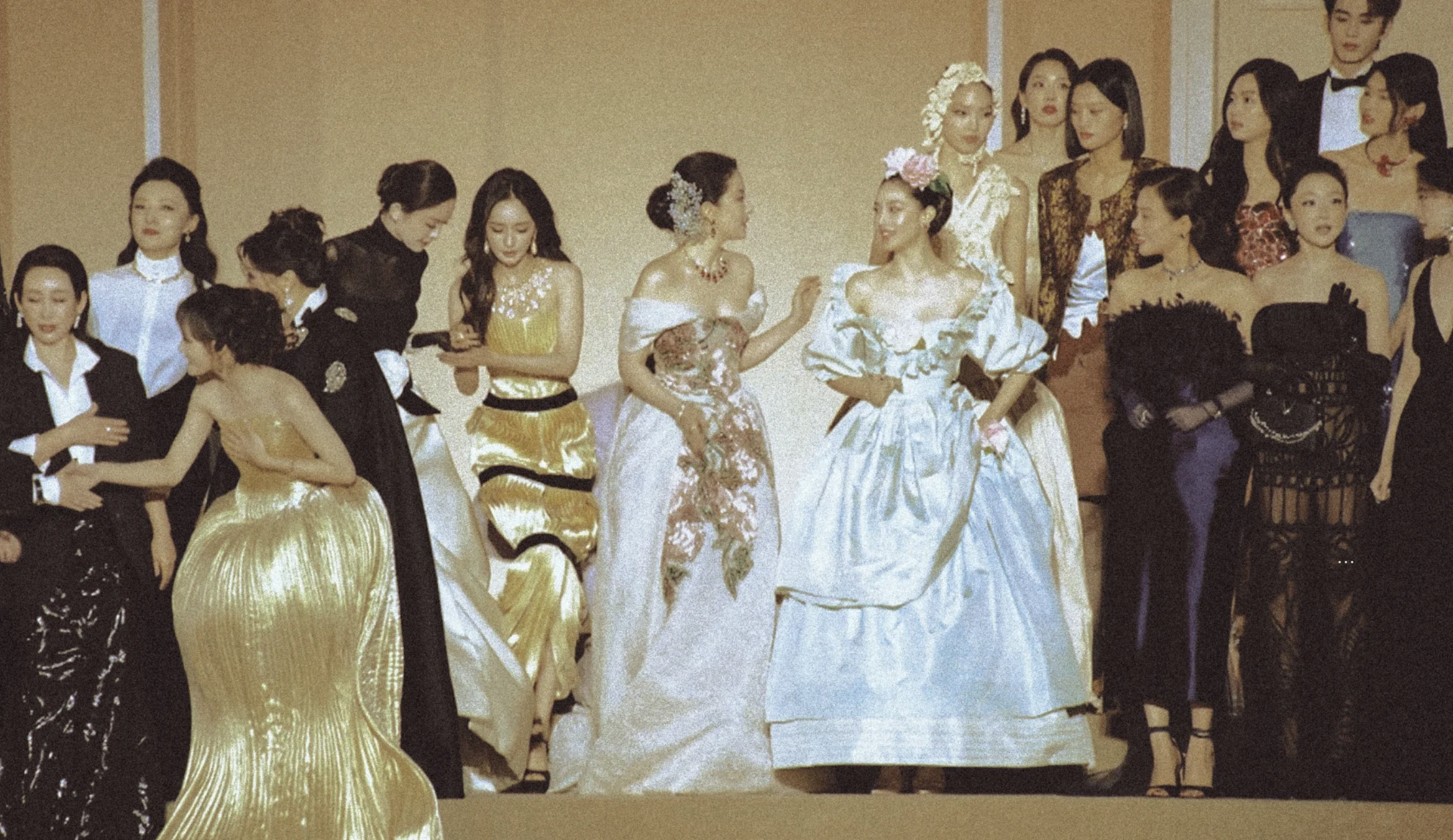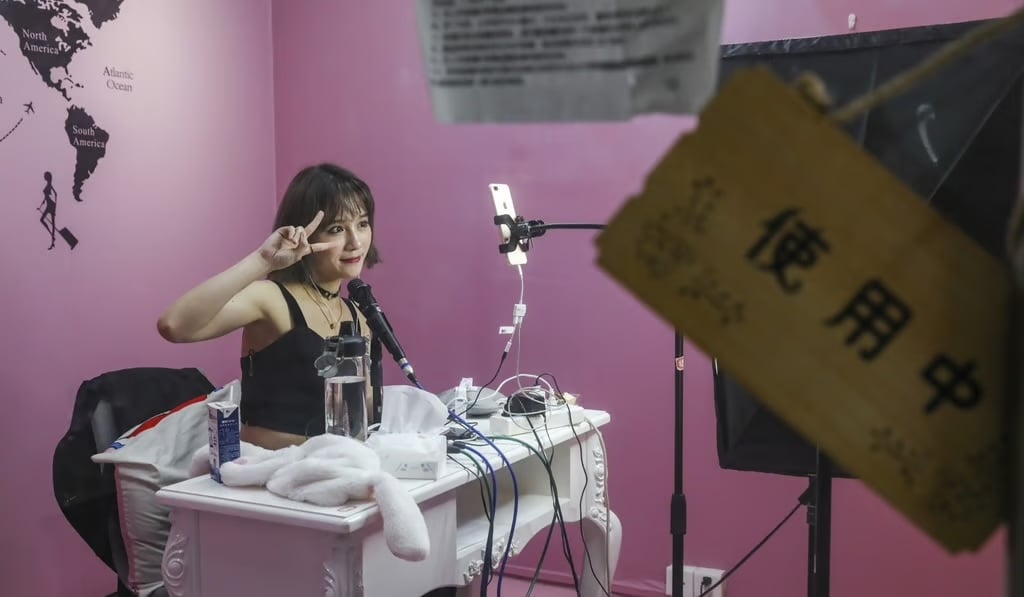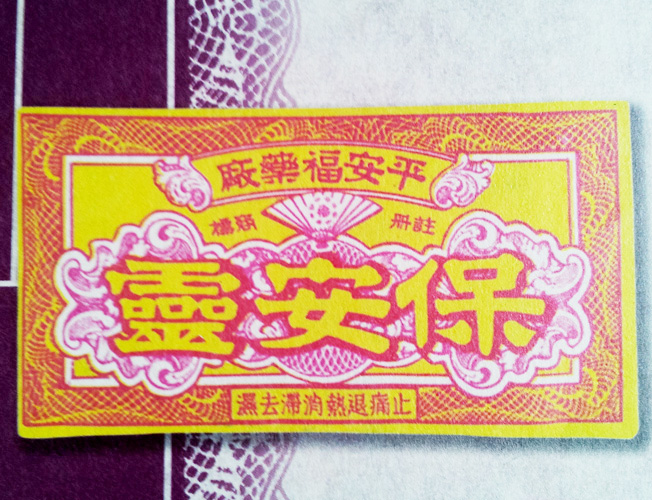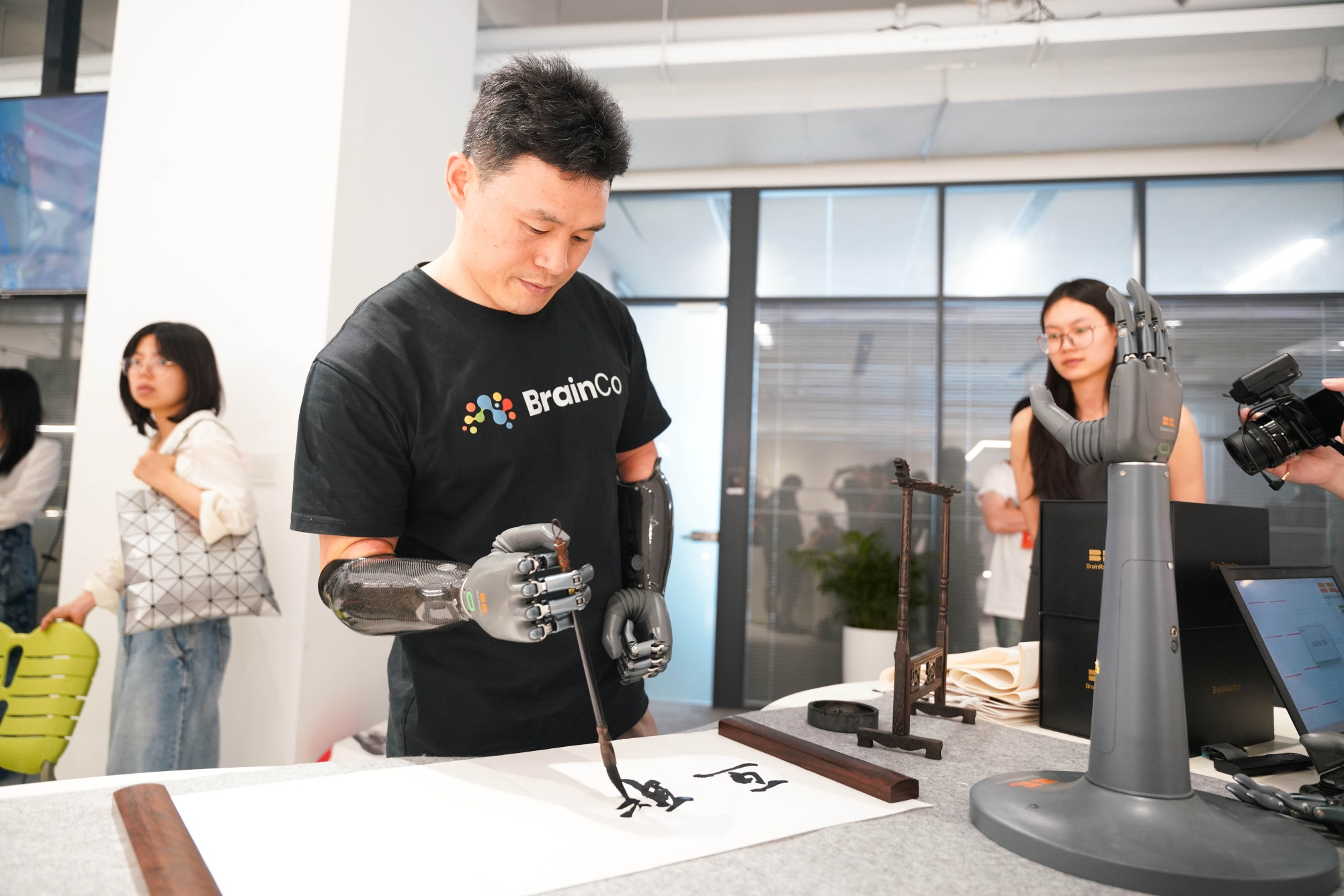Chinese Takeout is a bite-sized, monthly RADII feature that examines Chinese food from the inside out, by disentangling the (hi)stories behind a single dish or restaurant. Write to us if you have a suggestion or submission.
When we’re feeling sick, we may instinctively reach to hot soup or ginger tea to nurse us back to health. But for the former first lady of the Republic of China, Soong Mei-ling — also known as Madame Chiang Kai Shek — a sweet, silky, melt-in-your-mouth congee was legendarily her favorite cure.
This dessert from Nanjing, the former southern capital of China, was said to have magically restored Soong’s appetite during an illness and eventually became one of her favorite dishes. Another famous saying is that the congee was actually her secret weapon for staying young and beautiful.
Regardless of the true origin story, the Nanjing specialty dish has been nicknamed “Mei-ling congee” (meiling zhou, 美龄粥) ever since.

Meiling congee at Nanjing Impressions, a Nanjing-native chain
For the uninitiated, congee is a type of rice porridge originated in China, and commonly found in many Asian countries. Because it is easily digested, congee is thought to help warm up your body, relieve inflammation, and nourish the immune system. What’s more, due to its mildly flavored base, congee is more or less a blank canvas — it can be plain, savory, or sweet, depending on the toppings added.
Congee is thought to have an over 3,000-year history, but unlike other foods that are more closely associated with their parents’ or grandparents’ generation, it still remains a staple of young Chinese people’s diets, typically eaten as “comfort food” over breakfast or a cold winter season.
The sugary Mei-ling variety is (perhaps not surprisingly) popular among female eaters because of its purported beauty benefits. The ingredients in this congee include yam, lily, wolfberry, and rock sugar — all believed to have benefits for health and particularly the skin. Lily bulbs (bai he, 百合) are also believed to aid the heart and lungs in traditional Chinese medicine (TCM), as well as reduce heat in the body.
Just look at Mrs. Soong — she lived to age 105, spanning three centuries, which might be the best possible endorsement for the congee.
Born in Shanghai in 1898, Soong grew up overseas in the United States. Fluent in six languages, she played a prominent role in the politics of the Republic of China as well as China-U.S. relations, and was named TIME’s Person of the Year in 1937 alongside her husband. The magazine declared about Soong, “No woman in the West holds so great a position as [Madame] Chiang Kai-shek holds in China.”
Not only Mei-ling, but also her two older sisters and their husbands played a role in shaping the early 20th century. The eldest, Soong Ai-ling, married China’s richest man and finance minister, while middle sister Soong Ching-ling went on to marry Sun Yat-sen, the father and the first president of the Republic of China. They have a complicated past, and one that has not always been viewed in a positive light in China, but today the Soong sisters are much less likely to be vilified than they are simply misunderstood.
Related:
 Exploring The Soong Sisters, Their Famous Marriages and Getting Their Story RightJung Chang’s latest book promises a fresh take on the story of the Soong Sisters but ultimately falls shortArticle Apr 01, 2020
Exploring The Soong Sisters, Their Famous Marriages and Getting Their Story RightJung Chang’s latest book promises a fresh take on the story of the Soong Sisters but ultimately falls shortArticle Apr 01, 2020
So where can you find this congee courtesy of Soong Meiling? The easiest answer is Nanjing Impressions, where it’s sold under the more flowery name “Madam Chiang’s Nutritious Beauty Porridge.” First founded in 1994 as a small restaurant in Nanjing, the chain now has nearly 100 outlets across the Chinese mainland, as well as one in Singapore.

Nanjing Impressions is decorated in an ancient teahouse style
Located in China’s Jiangsu province, Nanjing’s cuisine can be roughly divided into two categories: Qinhuai snacks (or Qinhuai xiaochi, 秦淮小吃) and Jingsu dishes (Jingsu dacai, 京苏大菜). Mei-ling congee falls under the former, which is best known for its duck blood vermicelli soup and chicken soup dumplings. Jingsu food, meanwhile, is thought of as high-end, elegant dishes that often require fresh aquatic products and masterful knife skills. Nanjing Impressions does both.
Related:
 Chinese Takeout: Forget Beijing, This City is China’s Real “Duck Capital”While it may be less famous than Beijing duck, Nanjing has its own culinary tradition for this feathered friendArticle Jan 16, 2020
Chinese Takeout: Forget Beijing, This City is China’s Real “Duck Capital”While it may be less famous than Beijing duck, Nanjing has its own culinary tradition for this feathered friendArticle Jan 16, 2020
Each restaurant is decorated to look like an ancient teahouse from the late Qing Dynasty and early Republic of China that brings you back to the Soong sisters’ time, with dimly lit lanterns, old-fashioned square tables, and servers dressed in classical robes. Diners are even treated to pingtan, a Chinese traditional musical performance, during dinner hours.

Shanghai-born Soong spent years living in Nanjing, then the capital of Republic of China, undoubtedly eating plenty of the local cuisine while living there. But in the more connected world we live in today, you don’t have to be in Nanjing — or even in China — to taste this tried-and-true specialty of the former capital.
All images: Lu Zhao
